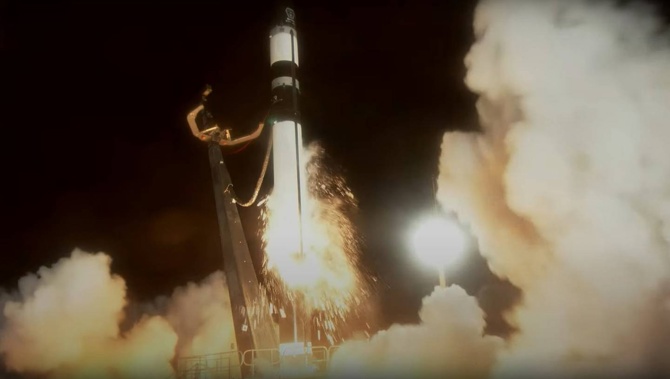
Rocket Lab has successfully deployed a satellite that will rendezvous in orbit with a derelict rocket, which it will monitor with cameras for six months.
It could prove the first step toward cleaning up a blizzard of space junk.
Japanese firm Astroscale ultimately wants to develop spacecraft that can dock with space debris then tug it into the atmosphere to burn on re-entry. Nasa says there are some 9000 tonnes of it across thousands of objects.
The “On Closer Inspection” mission launched from Pad B at Rocket Lab’s Launch Complex 1 at 3.52am this morning.
The Electron rocket deployed the Active Debris Removal by Astroscale-Japan (ADRAS-J), a satellite funded by a 12 billion yen ($131 million) grant from the Japanese government.
ADRAS-J will be manoeuvred alongside the upper stage of H2A - a Japanese rocket used to launch an Earth observation satellite back in 2009 - which is now tumbling through space, uncontrolled.
After the rendezvous, ADRAS-J will fly around H2A, which measures 11 metres long and four metres in diameter, inspecting it with cameras.
Using cameras and other gear, it will monitor the derelict rocket for six months.
Rocket Lab founder Peter Beck told the Herald the mission was a world-first, and involved challenges around last-minute positioning data that only the Kiwi-American company could solve.
/cloudfront-ap-southeast-2.images.arcpublishing.com/nzme/FY42R44VM5H23MA76ANHJ7REZU.JPG)
Read more about the space junk problem, and the push to clean it up, in the Herald’s mission preview here.
Chris Keall is an Auckland-based member of the Herald’s business team. He joined the Herald in 2018 and is the technology editor and a senior business writer.
Take your Radio, Podcasts and Music with you









